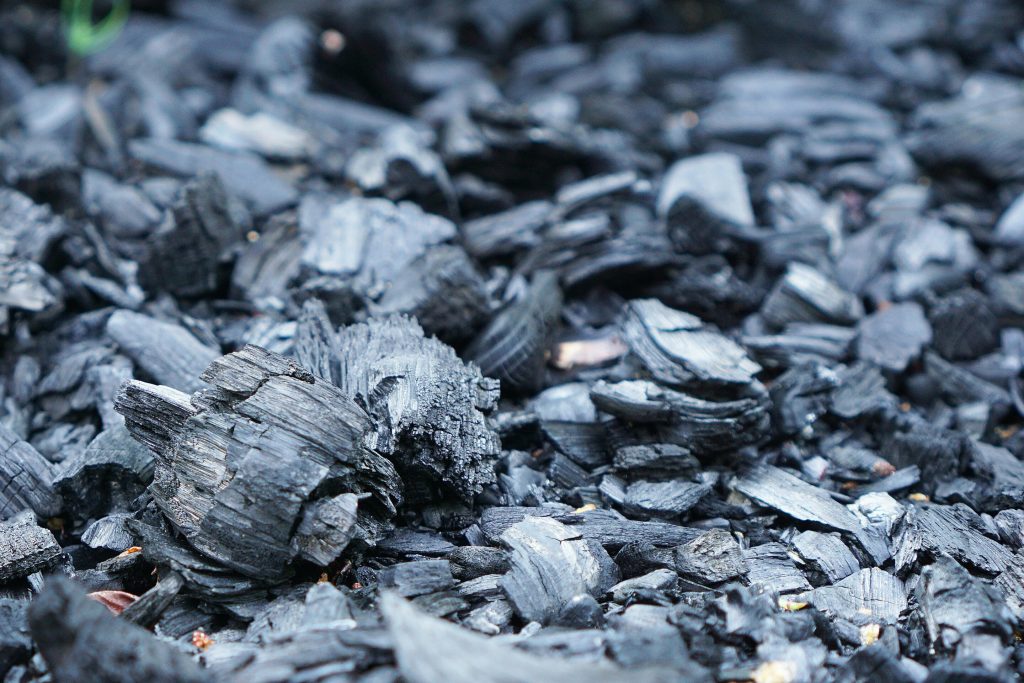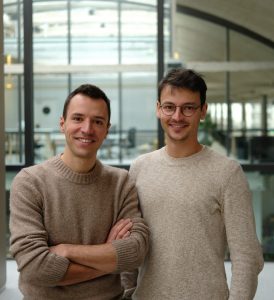
Phosphorus is a necessary nutrient required for all life. However, it is only found in limited quantities in nature. In a new doctoral thesis at the University of Borås in Sweden, biochar plays a crucial role in developing new methods for recycling and managing this important element.
In her research project in Resource Recovery, Naeimeh Vali took on the challenge of recycling phosphorus while reducing the amount of pollutants and removing heavy metals. She has explored how it is possible to transform municipal sewage sludge and agricultural residues into something useful, namely biochar.
The research project has a significant relevance to the treatment of municipal wastewater, which generates large amounts of sewage sludge. This sludge contains almost all the phosphorus from the wastewater together with a significant part of the organic matter.
However, this in turn is contaminated by heavy metals, organic pollutants such as pathogens, dioxins, microsites, and antibiotics. At the same time, discussions are ongoing at national and EU level to ban the sludge as it is currently treated from being placed on agricultural land.
Application in agriculture and environmental areas
Biochar is a material that in turn can be used to recover nutrients such as phosphorus, which is very important for agriculture as it is a constituent of fertilizers. At the same time, biochar helps to reduce the amount of harmful pollutants that can otherwise enter the environment. Biochar has caught the eye of industry, but research into its possible applications is still in its infancy.
“Phosphorus is crucial for food production, for example, but it is a finite resource that must be managed wisely. At the same time, untreated waste can damage the environment. I have focused on understanding how different factors affect the recycling of phosphorus and the removal of heavy metals in biochar produced from municipal sewage sludge,” said Vali.
In her project, she has focused on sewage sludge together with agricultural residues in various compositions with pyrolysis, a process in which a substance is heated to a critical temperature in an oxygen-free environment, so that the material decomposes without any combustion taking place.
“By testing different compositions of materials and different temperatures, I have been able to investigate the properties of biochar to see how it can be improved to remove heavy metals, recover phosphorus and ensure the long-term stability of biochar for applications in the agricultural and environmental fields,” explained Vali.
High concentration of carbon and nutrients
The results of the project are positive and show that the concentration of carbon and nutrients in the biochar produced, including phosphorus, is high and can be used either as a soil improver or for further processing in industry.
“Another finding was that mixing sewage sludge with agricultural residues, such as wheat straw or bakery waste, during copyrolysis can yield more plant-available phosphorus. At the same time, this process reduces the presence of organic compounds and heavy metals in the biochar, making it safer and more useful,” said Vali.
The project shows that the pyrolysis and copyrolysis method can then be a suitable process with a win-win result where nutrients are recovered and pollutant emissions are reduced.
More information:
Engineering Biochar from Municipal Sewage Sludge: An Experimental and Theoretical Study. hb.diva-portal.org/smash/get/d … 90381/SPIKBLAD01.pdf
Provided by
University of Borås
Citation:
Biochar key to new method for recovery of vital phosphorus from sewage sludge (2025, February 3)
retrieved 4 February 2025
from https://phys.org/news/2025-02-biochar-key-method-recovery-vital.html
This document is subject to copyright. Apart from any fair dealing for the purpose of private study or research, no
part may be reproduced without the written permission. The content is provided for information purposes only.








